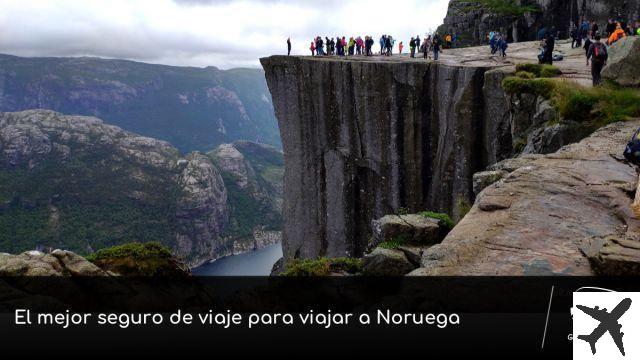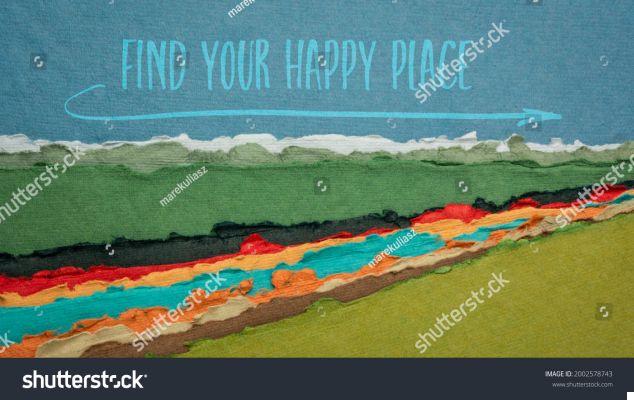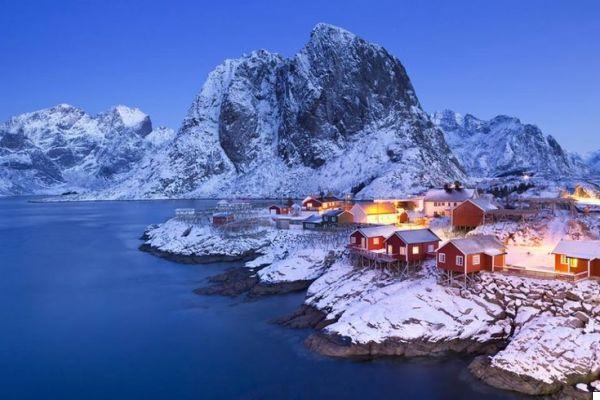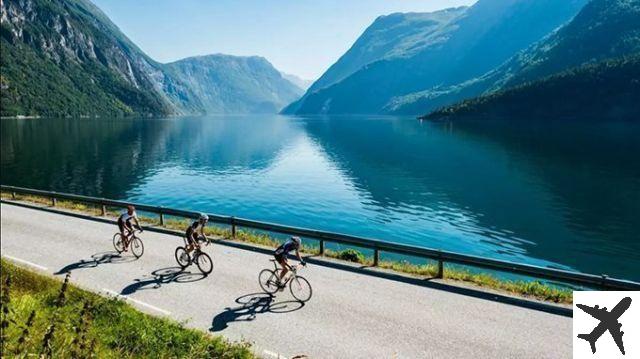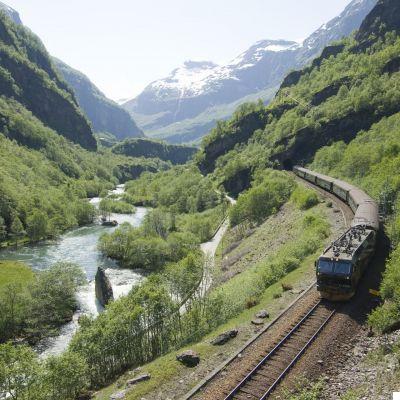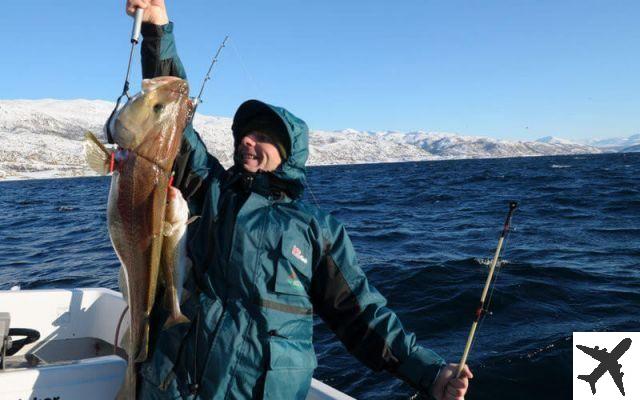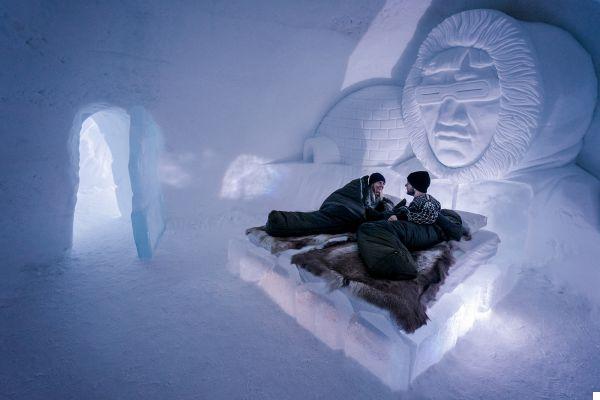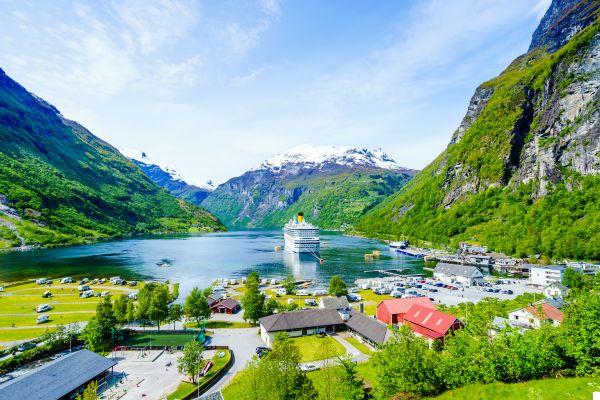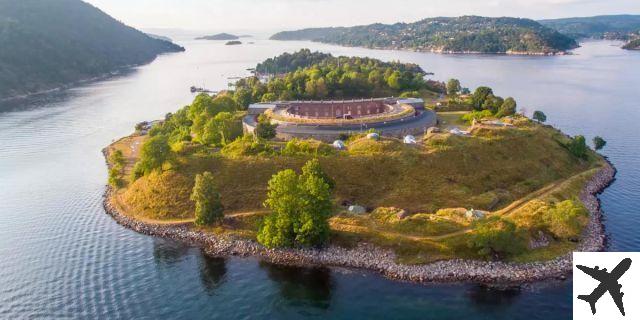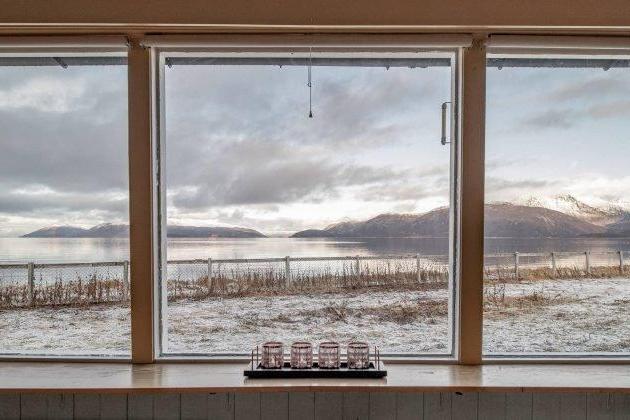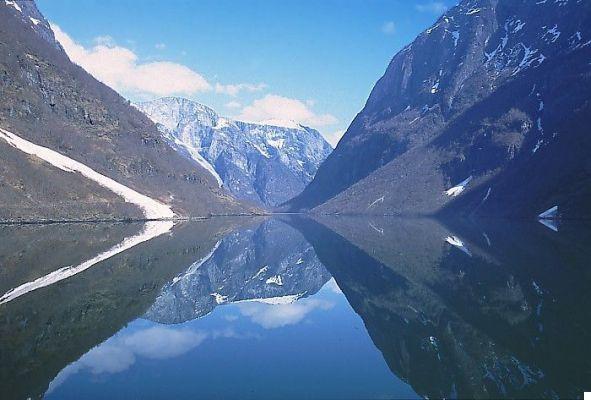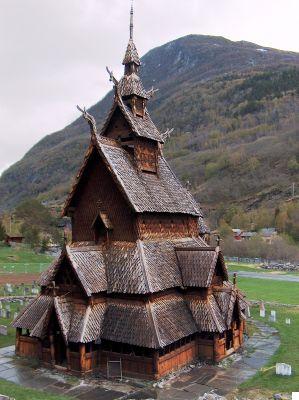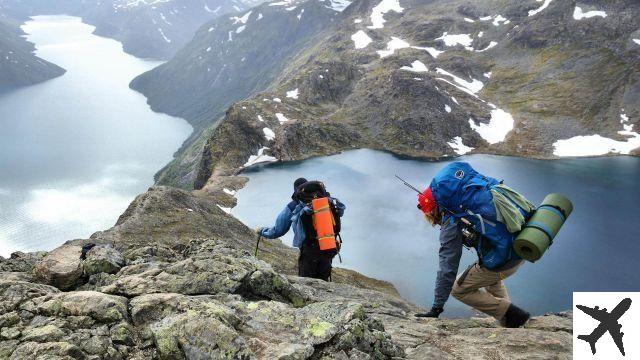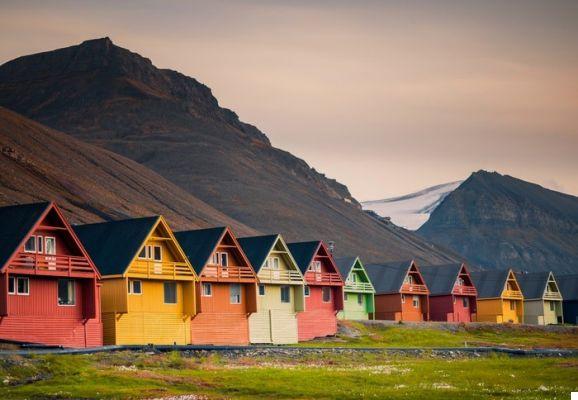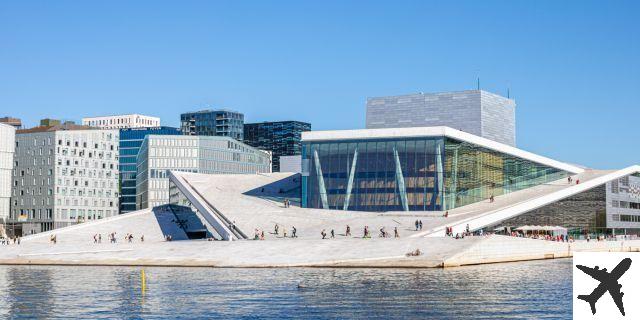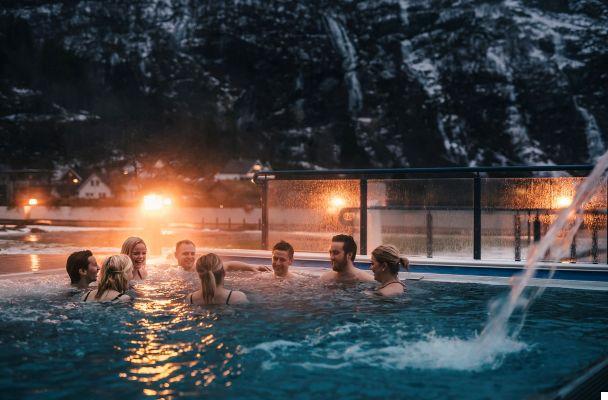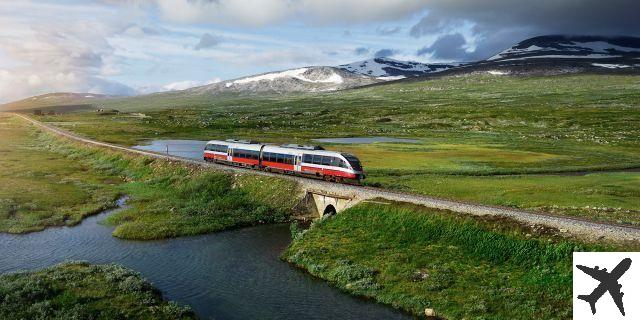 Article on how to get around Norway
Article on how to get around Norway
Welcome to our article on how to get around Norway easily, simply and efficiently. In this text, you will find all the information you need to enjoy your trip through this beautiful Scandinavian country. From tips and tricks for using public transport, to specific travel routes around the country or through the fjords, here you will find everything you need to know to get around Norway without problems.
Tips and tricks for using public transport in Norway
If you are planning to travel to Norway and want to get around economically and efficiently, public transportation is an excellent option. Here are some tips and tricks for using it:
- Research the different types of public transport available in Norway, such as trains, buses and ferries. Each has its own advantages and disadvantages, so make sure you choose the one that best suits your needs.
- Check the schedules and frequencies of public transport before planning your trips. Some services may have limited hours, especially in rural areas.
- Consider purchasing a public transport card, such as the Oslo Pass, which will allow you unlimited travel on the city's public transport for a set period.
- Don't forget to validate your ticket before getting on public transport. In Norway, it is common for tickets to be validated before use.
Specific travel routes through Norway and the fjords
If you are looking for a unique experience in Norway, we recommend exploring some of the most popular travel routes around the country and the fjords. Here we present some options:
Atlantic Route
The Atlantic Route is one of the most spectacular roads in the world. It connects the islands of Averøy and Eide via a series of bridges and viaducts that offer stunning views of the ocean and mountains. Don't miss the opportunity to travel this route by car or bicycle.
Norwegian Fjords Route
The Norwegian Fjords Route is one of the most popular routes among nature lovers. Along this route, you can enjoy impressive landscapes of fjords, mountains and waterfalls. Don't forget to visit the famous Geiranger Fjord, considered a UNESCO World Heritage Site.
Tips for traveling to Norway in the future
If you are planning to travel to Norway in the future, here are some useful tips:
- Research the climate and seasons in Norway before planning your trip. The weather can vary considerably depending on the time of year and the region you visit.
- Book your accommodations in advance, especially if you plan to visit Norway during peak season. Hotels and accommodations usually fill up quickly, so it is advisable to make reservations in advance.
- Explore Norwegian cuisine during your trip. Try traditional dishes such as smoked salmon, cod and the famous Norwegian waffles.
- Don't forget to wear clothing appropriate for the Norwegian climate. Even in summer, temperatures can be cool, especially in mountainous areas.
Conclusion
In short, getting around Norway easily, simply and efficiently is possible if you follow our tips and tricks. Use public transportation, explore popular travel routes, and plan your trip in advance to make the most of your experience in this beautiful Scandinavian country. You will not regret!
FAQs
1. Is it safe to travel on public transport in Norway?
Yes, Norway is known for having a safe and reliable public transportation system. However, like anywhere else, it's important to take basic precautions, such as keeping your belongings safe and being aware of your surroundings.
2. What is the best time of year to visit Norway?
The best time to visit Norway depends on your preferences and planned activities. If you want to enjoy outdoor activities and snowy landscapes, winter is ideal. If you prefer warmer temperatures and longer days, summer is the best option. However, each season has its charm and Norway is beautiful all year round.
Until next time,
The fortravelovers.com team




